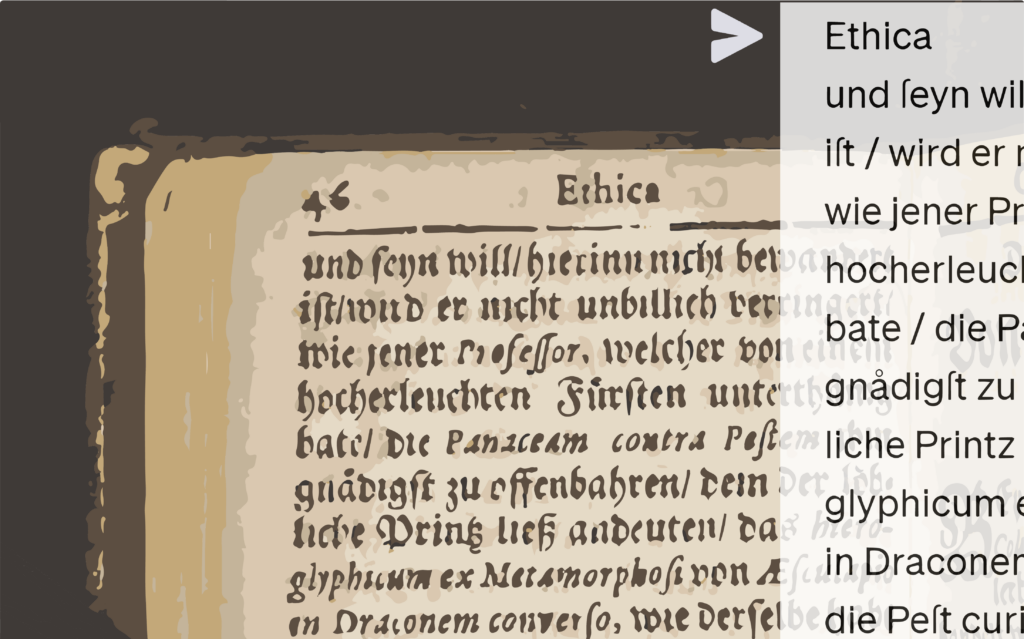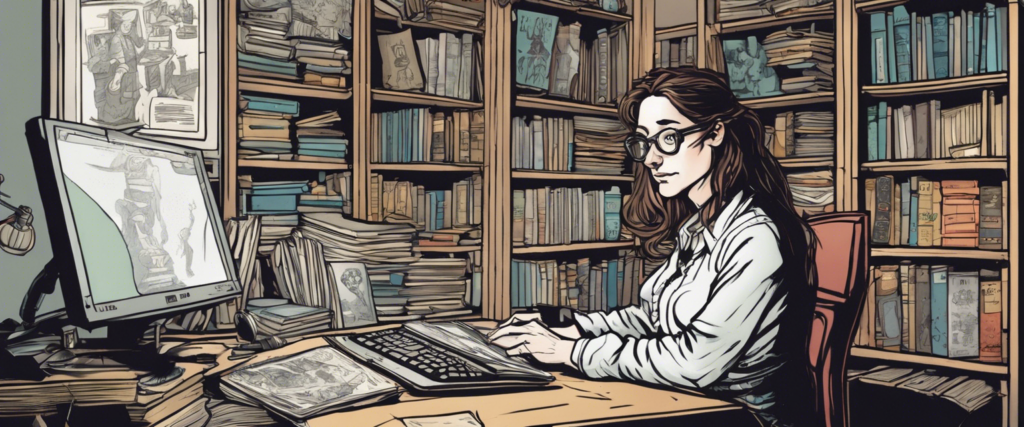Few days ago I received the print edition of long-awaited collection of articles (or: edited conference proceedings)
Text – Material – Medium. Zur Relevanz editorischer Dokumentationen für die literaturwissenschaftliche Interpretation. Ed. by Wolfgang Lukus, Rüdiger Nutt-Kofoth, Madleen Podewski. Berlin, Boston: de Gruyter 2014 (Beihefte zu editio. 37). 303 pages.
The collection contains 16 original articles in six thematic sections, and a comprehensive introduction (pp. 1–22) by the editors. (A link to the pdf-file of the table of contents can be found here).
My (co-authored) article is one of two in the opening section “Aspekte zu Theorie und Geschichte” (theory & history),
Annika Rockenberger, Per Röcken: Wie ‘bedeutet’ ein ‘material text’. In: Text – Material – Medium. Zur Relevanz editorischer Dokumentationen für die literaturwissenschaftliche Interpretation. Ed. by Wolfgang Lukus, Rüdiger Nutt-Kofoth, Madleen Podewski. Berlin, Boston: de Gruyter 2014 (Beihefte zu editio. 37), pp. 25–51.
In the article, I investigate how a material text (or: materiality in general regarding works of literature, be they printed, handwritten, engraved, painted, or even digital) means, that is: I shed some light on the notoriously vague and ambiguous term ‘meaning’ and its use, and following this clarification I tie the term to a production-oriented (communicator/sender-oriented) sign theory. Ensuing from this, I distinguish three classes of signs and show where, when, and how they are to be used when analyzing or ‘interpreting’ material aspects of (literary) texts. I exemplify, reconstruct, and critically discuss a couple of cases from (German) literary studies where material aspects have been part of or are the main focus of the interpretation of a literary text.
Once I am in the possession of a pdf-version of the printed collection, I’ll send it to anyone interested upon request! The pdf-version is accessible via the De Gruyter website (paywall) here.
The other thematic sections of the collection are: “Skriptografische Materialität: Entwurfshandschriften” (scriptographical materiality: draft manuscripts) with articles by Almuth Grésillon, Burghard Dedner, Johannes Barth, Johannes John, Gabriele Sander, and Kai Bremer. Followed by section III “Typographische Materialität I: Buch” (typographical materiality I: book) with contributions by Thomas Rahn, Gabriele Wix, and Franziska Mayer. Section IV “Typografische Materialität II: Buch vs. Zeitung/Zeitschrift” (typographical materiality II: book vs. newspaper/journal) with articles by Barbara von Reibnitz, Michael Scheffel, and Gustav Frank. The last two sections have only one contribution each: section V “Nichtschriftliche Materialität I: Audiophone Varianz” (non-scriptural materiality I: audiophone variants) with an article by Andreas Meier and section VI “Nichtschriftliche Materialität II: Die ‘Schreibszene’ jenseits des Textes” (non-scriptural materiality II: the ‘scene of writing’ beyond the text) with a witty essay by Bodo Plachta about writers’ desks, inkpots, pens, and paperweights.
You can buy the collection via de Gruyter (hardcover/e-pub) or seek out a library that has a copy. If you’re interested in my article, just send me an email and I will provide you with a pdf-version!
P.S. Due to a rather long production process of the collection (the conference was held in February 2011), I was not able to include any references to literature newer than 2012. Last changes to my article were made in October 2012!


